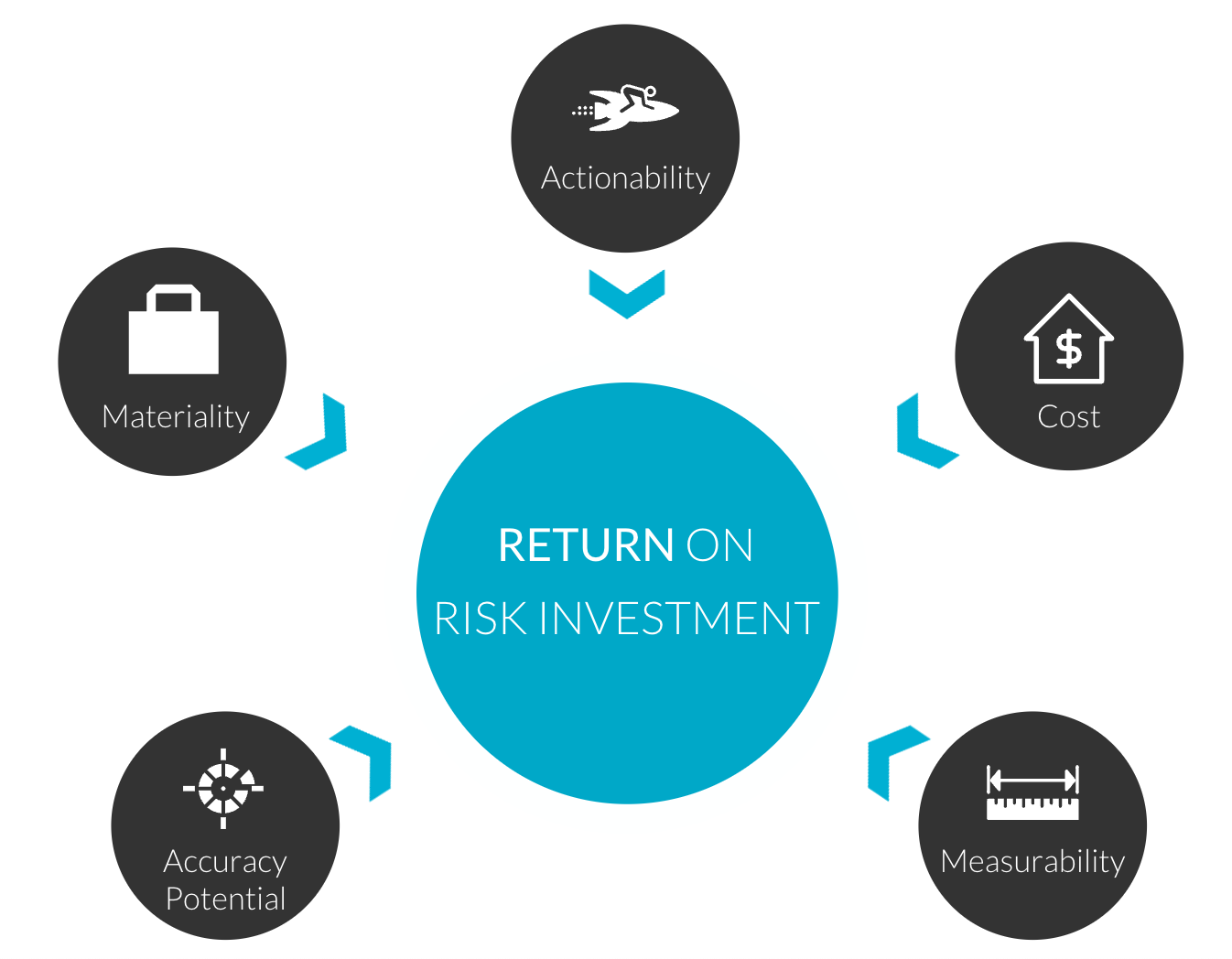Risk management ballooned in size, importance, complexity, and expense after the global financial crisis, responding to regulatory pressures and the internal recognition of problems revealed by the crisis. We estimate over $50 billion will be spent on one-off regulatory initiatives this year, and ongoing expenses associated with enlarged risk functions will account for about 4 percent of the operating costs of an average bank.
As investment in risk management increases, the value of this spending becomes an issue of ever greater importance. A bank is legally required to comply with new risk regulations, but the way it achieves this operationally and the use it makes of “compliance processes” is left to the bank’s discretion. The bank may decide it should spend the bare minimum to comply with some regulations, yet go well beyond what regulators demand in other areas to gain a competitive advantage. As is the case with any important activity, senior executives must think about risk management investments strategically.
Maximizing the return on risk management spending at financial institutions is crucial in a way it never was before
Getting The Most Out of Your Risk Investments
The value of risk-related information is equal to the increase in net worth that comes from making better decisions based on five elements

Source: Oliver Wyman analysis
About the AuthorsDouglas Elliott is a New York-based partner in Oliver Wyman’s Financial Services practice. Ugur Koyluoglu is a New York-based partner and Head of the Finance and Risk practice and Public Policy practice, Americas. Dominik Weh is a Frankfurt-based principal in Oliver Wyman’s Financial Services practice.




